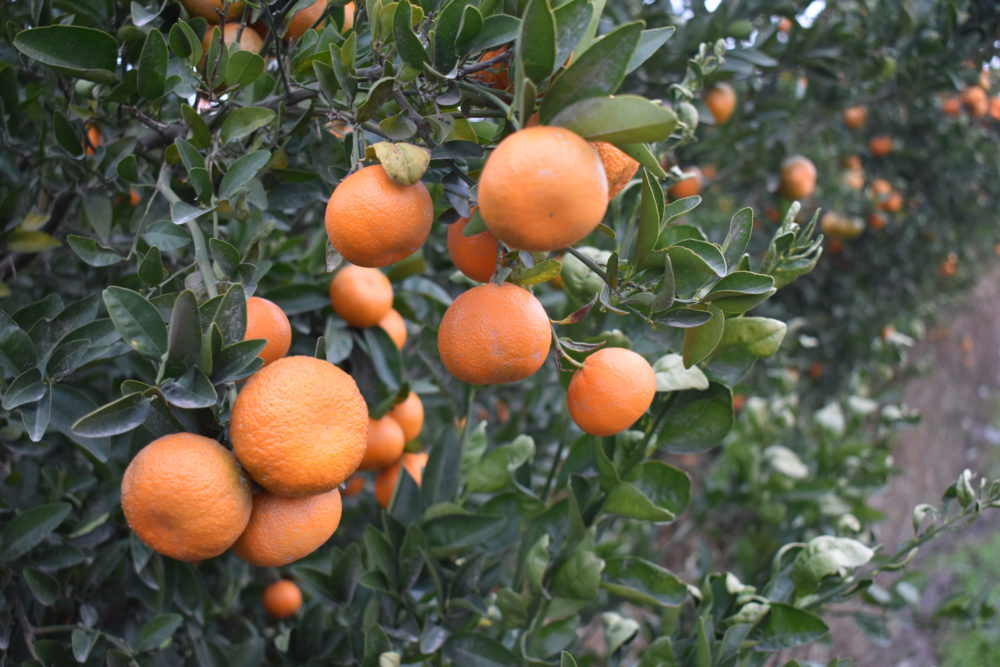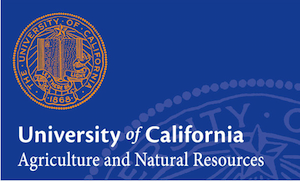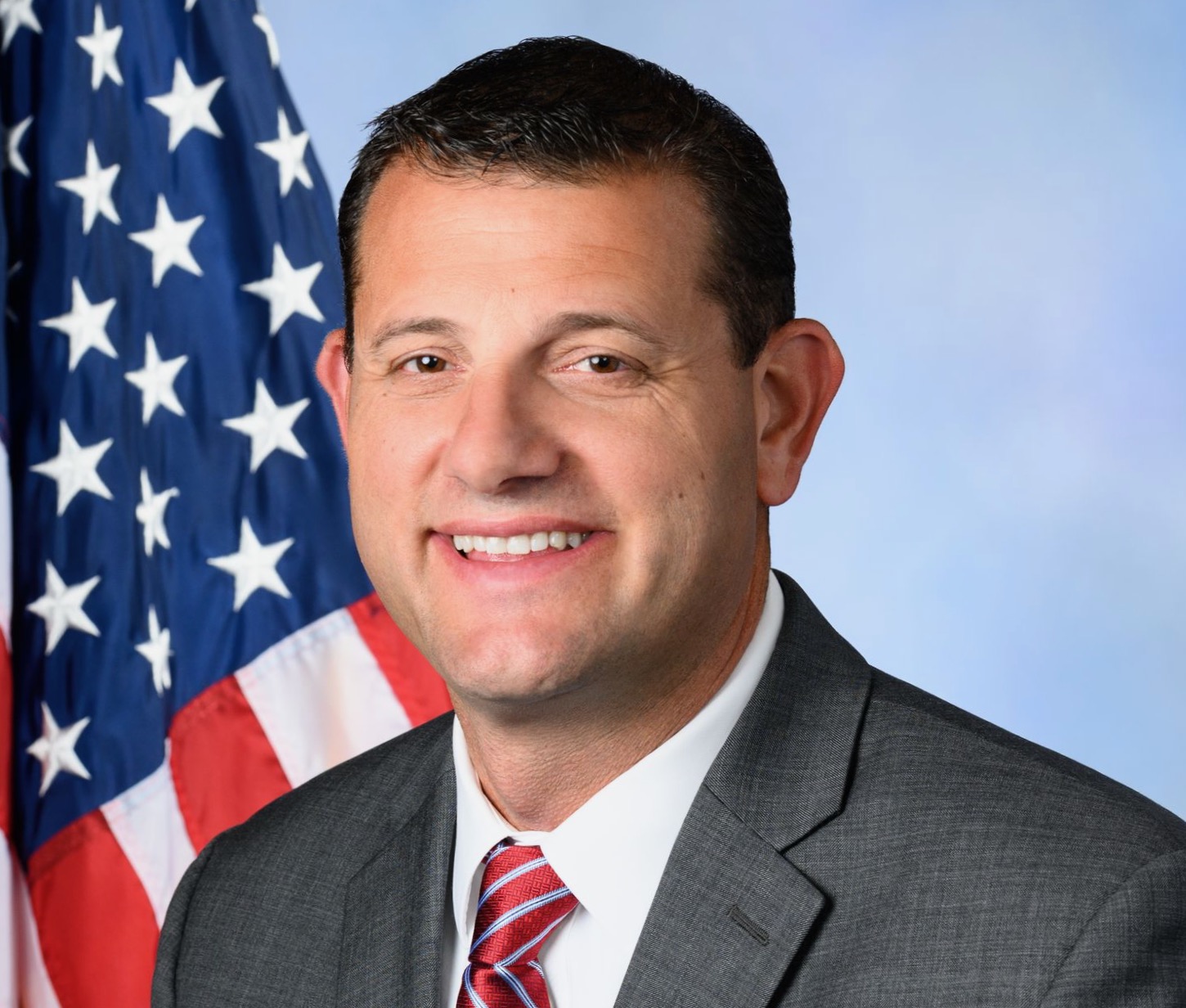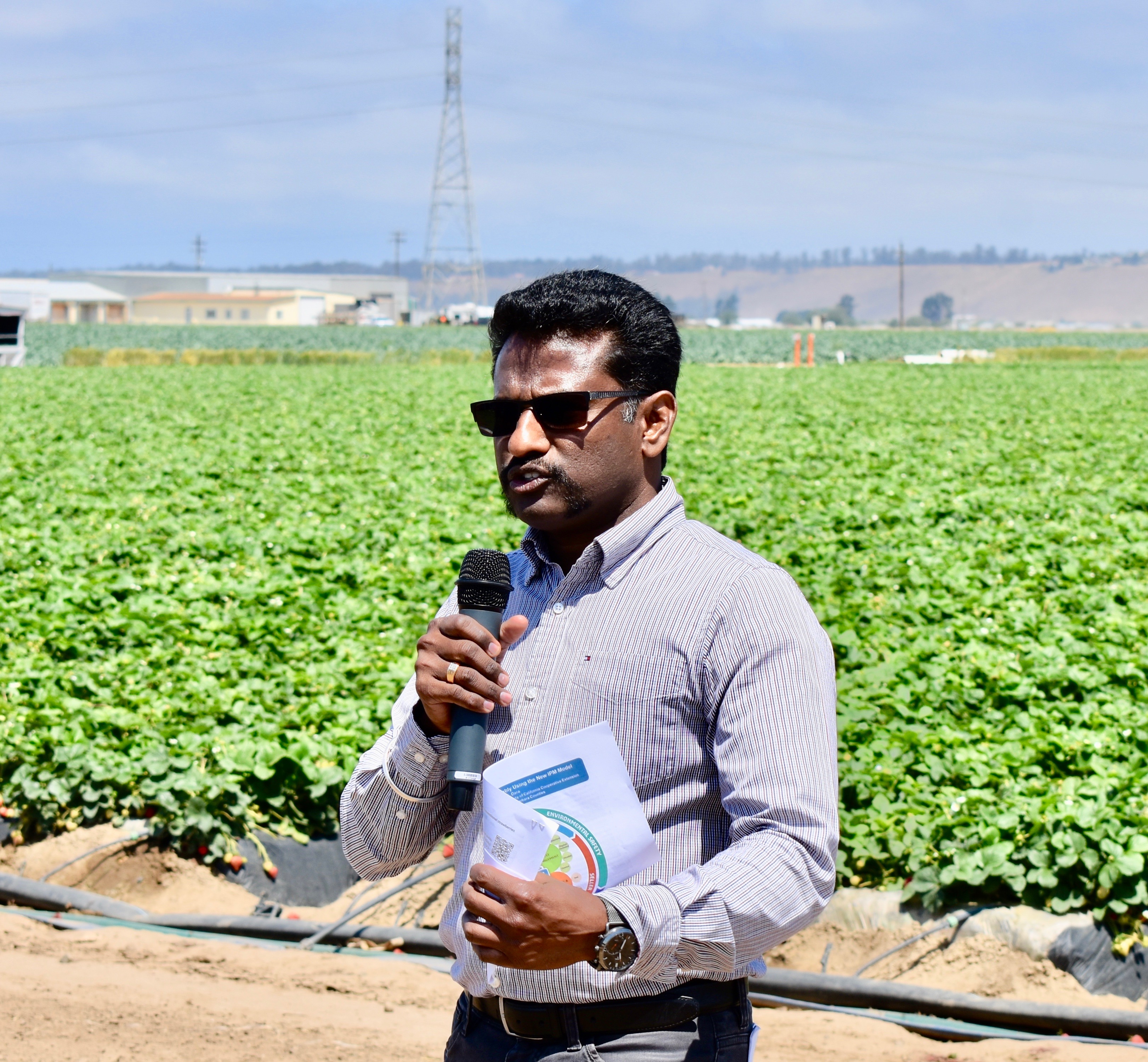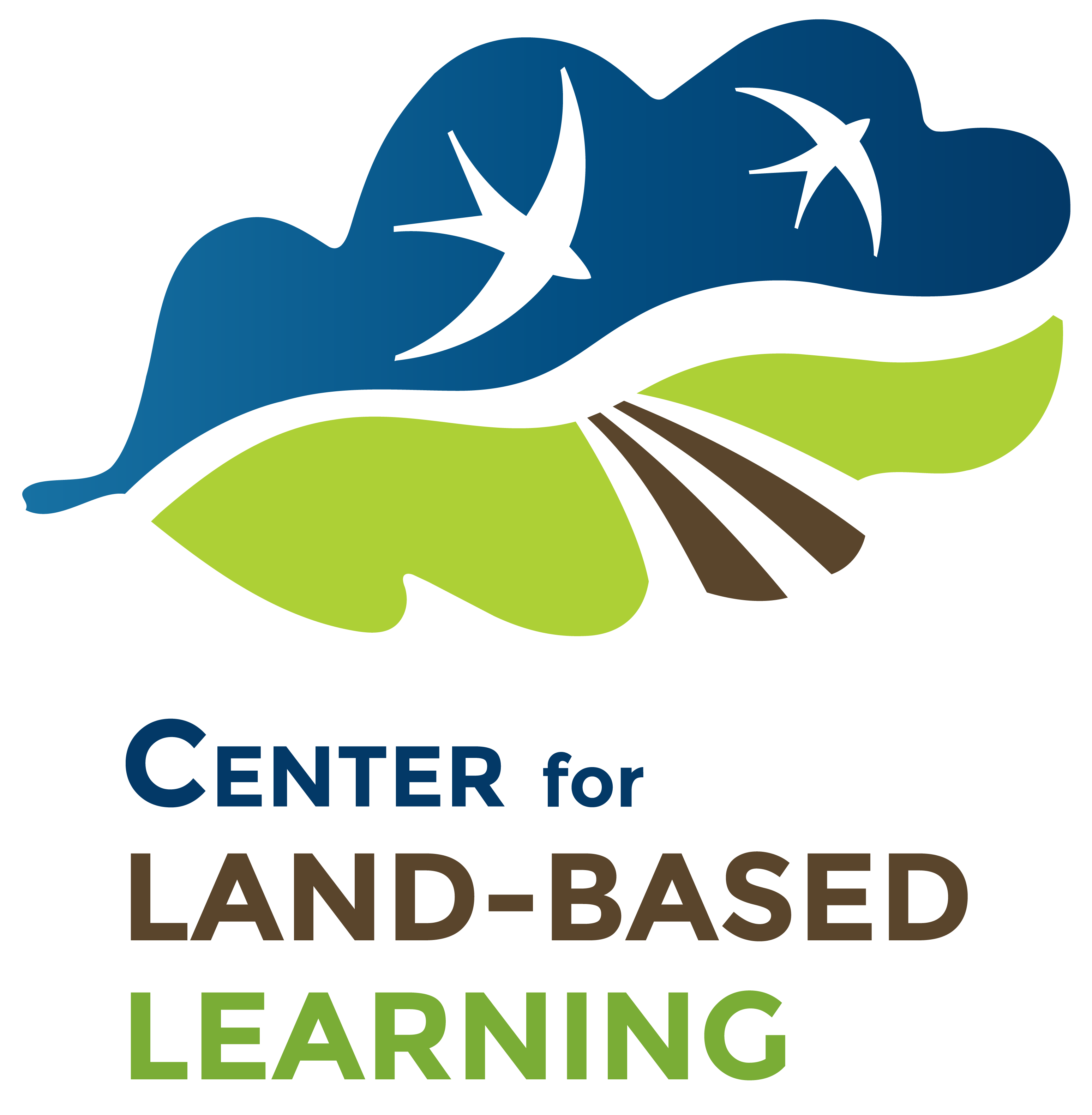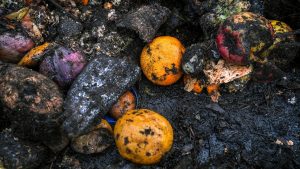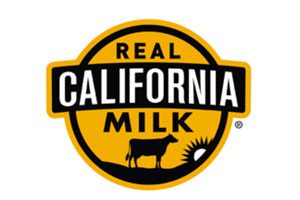Citrus Pest/Disease Program Continues
CPDPC and CPDPP Continuation Approved |
| By order of the Secretary of the California Department of Food and Agriculture, the Citrus Pest & Disease Prevention Program (CPDPP) and the Citrus Pest & Disease Prevention Committee (CPDPC) have been authorized to continue conducting activities for another four years.
This decision comes as a result of requirements set in place by the Food and Agricultural Code, Section 5921, which requires the Citrus Pest & Disease Prevention Division to hold public hearings every four years to determine whether the operation of this article should be continued. Following the hearings held in May and June 2021, Secretary Karen Ross determined the program and committee have adequately met their purpose and obligations to the public and the citrus industry and also encouraged the CPDPC to continue to look for process improvements and efficiencies to best serve the California citrus industry. If you’re interested in learning more about the CPDPP and CPDPC, please visit the About section of Citrus Insider. |

